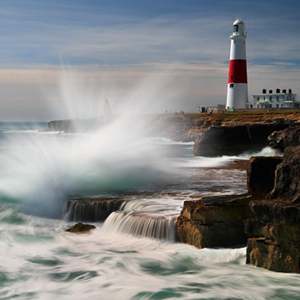These past few weeks, a whole world of arts organizations have been searching for, revisiting, or assembling-on-the-fly their emergency readiness plans as the pandemic turns that world upside down. Many are finding that “pandemic” wasn’t among the expected disasters in their plans, if they had a plan at all, so they’re diving into the many waves of action as best they can.

From what I’m hearing, reading, and experiencing, there are three primary waves that all mission-focused organizations (including arts organizations) must dive into, usually in a particular order but not always so:
The first wave of attention, concern, and action is generally about the safety of people (artists, staff, support personnel, and anyone in the nexus of the enterprise) and of stuff (art objects, buildings, inventory, equipment). How do we ensure the health, safety, and security of the people in our circle? And how do we move each of them and all of them toward safety if we can? The “stuff” that’s usually an urgent concern in other forms of disaster — fire, flood, earthquake, storm — is less so in this moment, except as it relates to the cost and complexity of an organization’s response, which is part of the second wave.
The second wave is around solvency, or the immediate cash position and cash prospects for the enterprise. Since almost every form of immediate and projected revenue for place-based arts organizations stopped in an instant, and many forms of expense cannot be stopped as quickly if at all, every institution became acutely aware of its balance sheet, and the liquid, unrestricted portions thereof. Here, we’re seeing wave after wave of layoffs, furloughs, and season cancellations, and on-going advocacy for foundations, governments, and individual donors to loosen their gift restrictions, sustain their previous grants/gifts, and give more.
The third wave, which is manifesting now for many organizations in public announcements, news reports, social media feeds, and swirling rumors, is around service — the ways the organization discovers and decides to serve their audiences, artists, arts discipline, and communities when most of their conventional ways of doing so are impossible. Here, they are finding that the safety and solvency concerns have narrowed or eliminated their usual paths to service.
Some organizations are going dark, deciding that the best manifestation of service is their survival for another day. Some are improvising alternate vessels for their work for the only available channels — 10-minute plays, video-conference performances, online readings, podcasts, doodle sessions — social forms of expression in a physically distant world. Others are making their time, talent, and physical space available for immediate community needs — like facemasks, food production, or emergency funding.
A first step in any readiness plan or emergency action is the identification of an organization’s “critical functions” — and determination of how you would defend, sustain, or adapt those functions when they are interrupted or unavailable. In this moment, when so many systems are blocked, broken, or financially broke, it’s worth noticing what organizations decide to be “critical” about their work.
The alignment and depth of your organization’s stated values will manifest in how narrowly or broadly you define and defend safety, solvency, and service, and who you include or exclude along the way.

